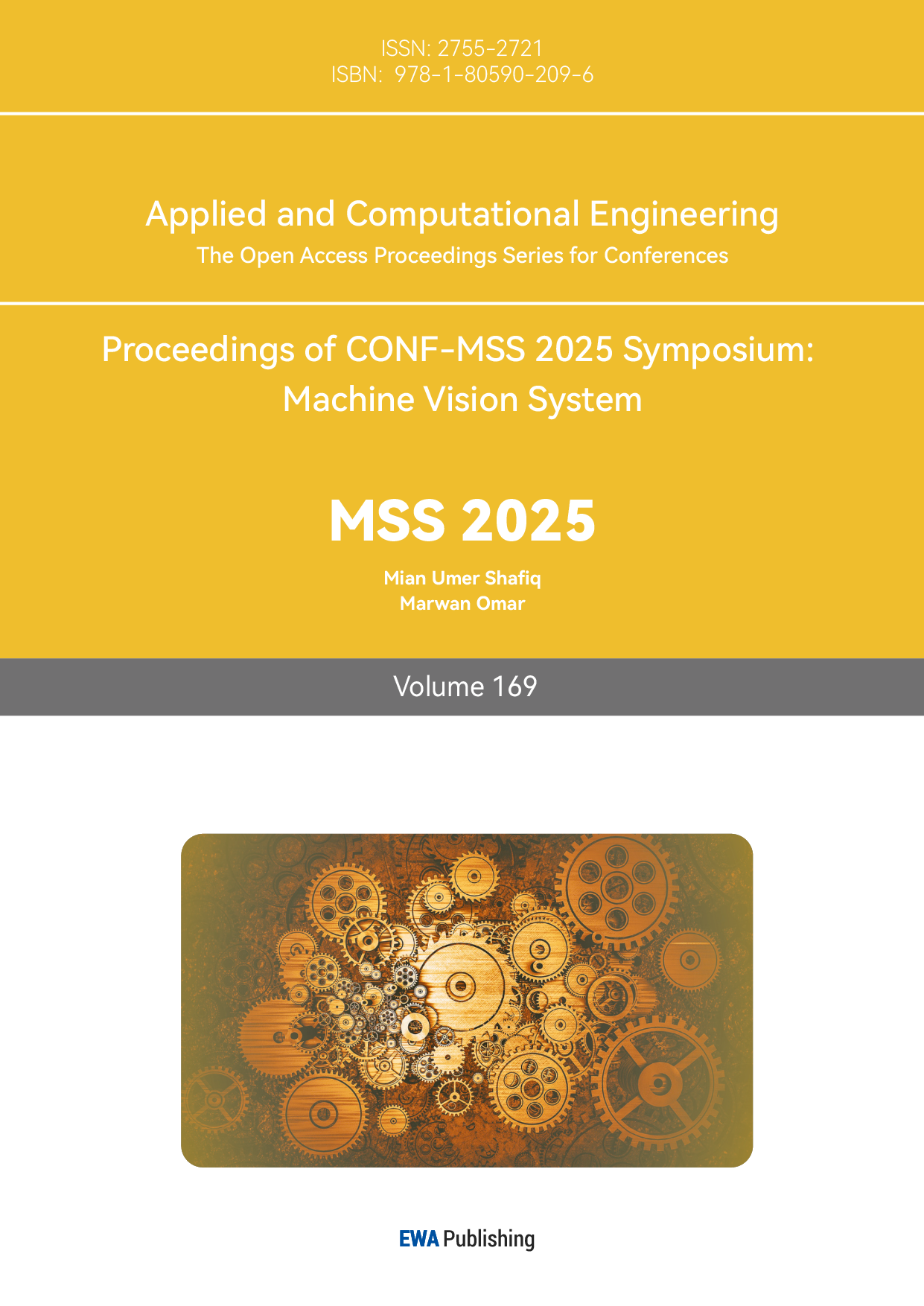References
[1]. Ramírez‐Jiménez F J. PIN diode detectors[C]//AIP Conference Proceedings. American Institute of Physics, 2008, 1026(1): 213-226.
[2]. Yu X, Marks T J, Facchetti A. Metal oxides for optoelectronic applications[J]. Nature materials, 2016, 15(4): 383-396.
[3]. Downs C, Vandervelde T E. Progress in infrared photodetectors since 2000[J]. Sensors, 2013, 13(4): 5054-5098.
[4]. Perlman S S, Feucht D L. PN heterojunctions[J]. Solid-State Electronics, 1964, 7(12): 911-923.
[5]. Song J, Wang O, Shen H, et al. Over 30% external quantum efficiency light‐emitting diodes by engineering quantum dot‐assisted energy level match for hole transport layer[J]. Advanced Functional Materials, 2019, 29(33): 1808377.
[6]. Barkelid M, Zwiller V. Photocurrent generation in semiconducting and metallic carbon nanotubes[J]. Nature Photonics, 2014, 8(1): 47-51.
[7]. Sah C T, Noyce R N, Shockley W. Carrier generation and recombination in pn junctions and pn junction characteristics[J]. Proceedings of the IRE, 2007, 45(9): 1228-1243.
[8]. Albery W J, Bartlett P N. The transport and kinetics of photogenerated carriers in colloidal semiconductor electrode particles[J]. Journal of the Electrochemical Society, 1984, 131(2): 315.
[9]. Konstantatos G, Clifford J, Levina L, et al. Sensitive solution-processed visible-wavelength photodetectors[J]. Nature photonics, 2007, 1(9): 531-534.
[10]. Lawrence E O, Linford L B. The Effect of Intense Electric Fields on the Photo-Electric Properties of Metals[J]. Physical Review, 1930, 36(3): 482.



